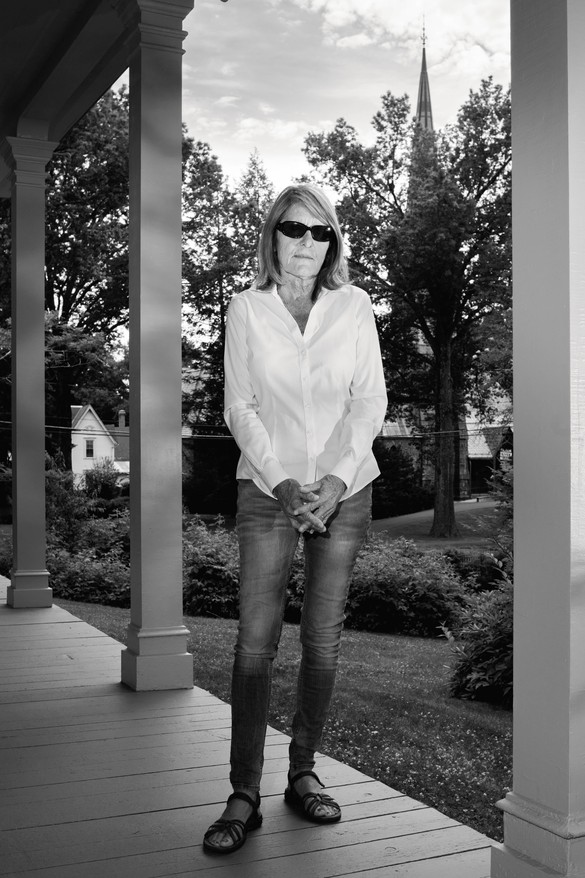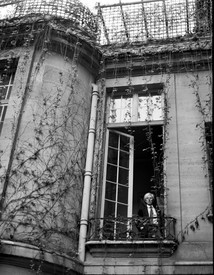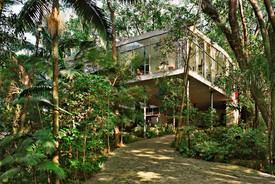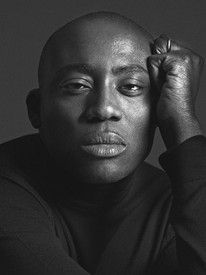
Hans Ulrich Obrist is artistic director of the Serpentine Galleries, London. He was previously the curator of the Musée d’Art Moderne de la Ville de Paris. Since his first show, World Soup (The Kitchen Show), in 1991, he has curated more than 300 exhibitions. Photo: Tyler Mitchell

Joy Williams is the author of five novels, most recently Harrow (2021); four collections of stories; and Ill Nature (2001), an essay collection that was a finalist for the National Book Critics Circle Award. Her many honors include the Rea Award for the Short Story and the Strauss Living Award from the American Academy of Arts and Letters. She was elected to the academy in 2008. She lives in Tucson, Arizona, and Laramie, Wyoming. Photo: Jonno Rattman
Hans Ulrich ObristWhat is the role of titles?
Joy WilliamsTitles should be at the end of stories or concealed within them somehow. And prove to surprise or complicate the reader’s conclusions.
HUOWhat keeps you coming back to the studio?
JWI still harbor the hope (possibly delusion) that I might be able to create something marvelous through effort, chance, or inspiration.
HUOWhat is your unrealized project?
JWWriting hymns in the manner of the great Welsh hymnist William Williams.
HUOWhat have you forgotten?
JWHow to tan. I was once an expert. A true natural. Much admired.
HUOHow would you like to die?
JWWell, after reading sister Alicia’s research on the subject in Cormac McCarthy’s ”Stella Maris”, certainly not by drowning.
HUOHas the computer changed the way you work?
JWI’ve never used a computer. I think it would take an immediate and intense dislike to me.
HUOThe future is . . . ?
JW That which was ever intended.
HUOWhat ought to change?
JWExperimentation on animals must stop. The whole ghastly system—breeders—labs—vivisectors—should be shut down.
HUOWhat music are you listening to?
JWGlenn Gould playing anything. Albert Schweitzer on the organ. The piano music of G. I. Gurdjieff and Thomas de Hartmann. The symphonic works of John Luther Adams.












